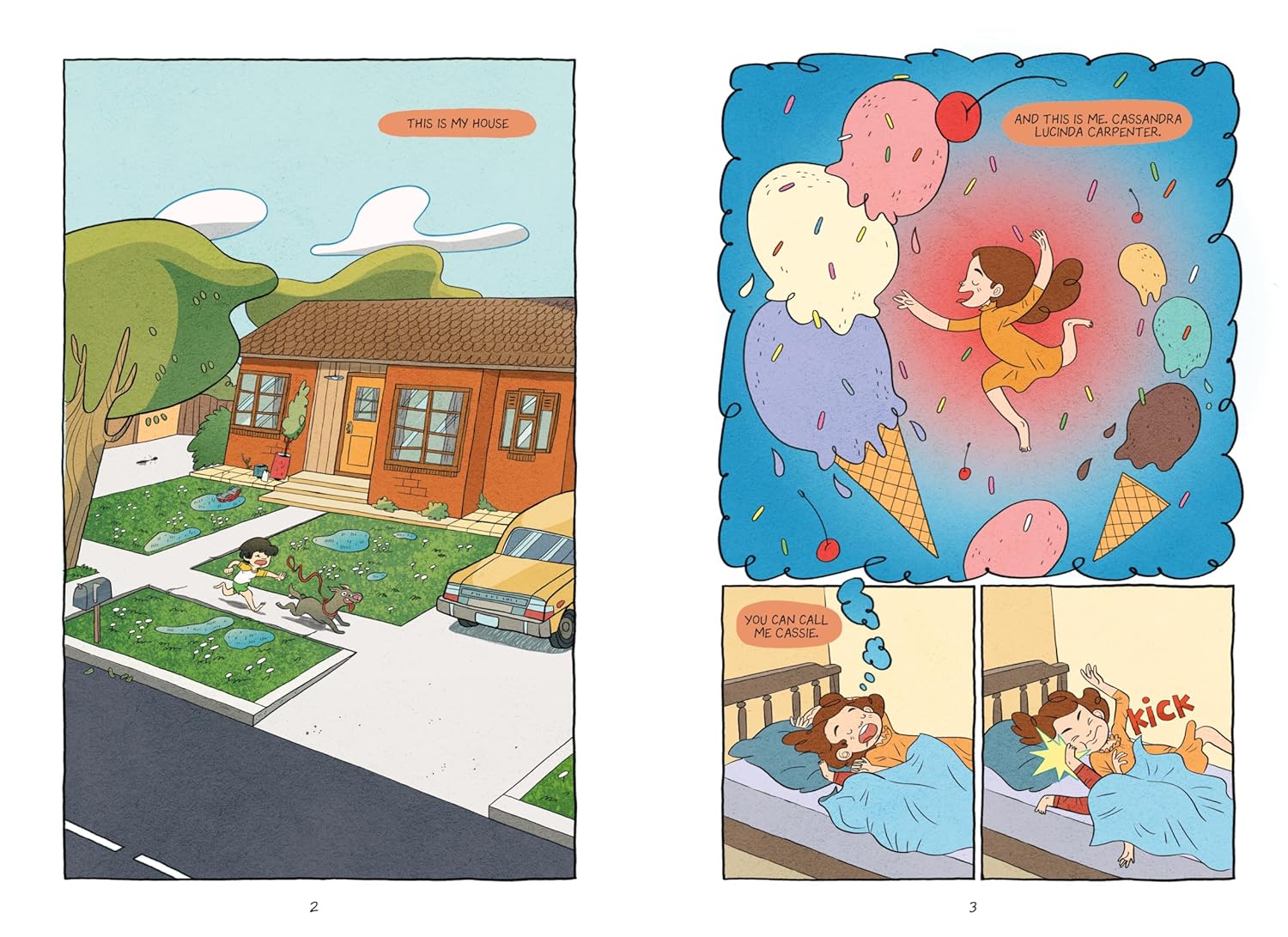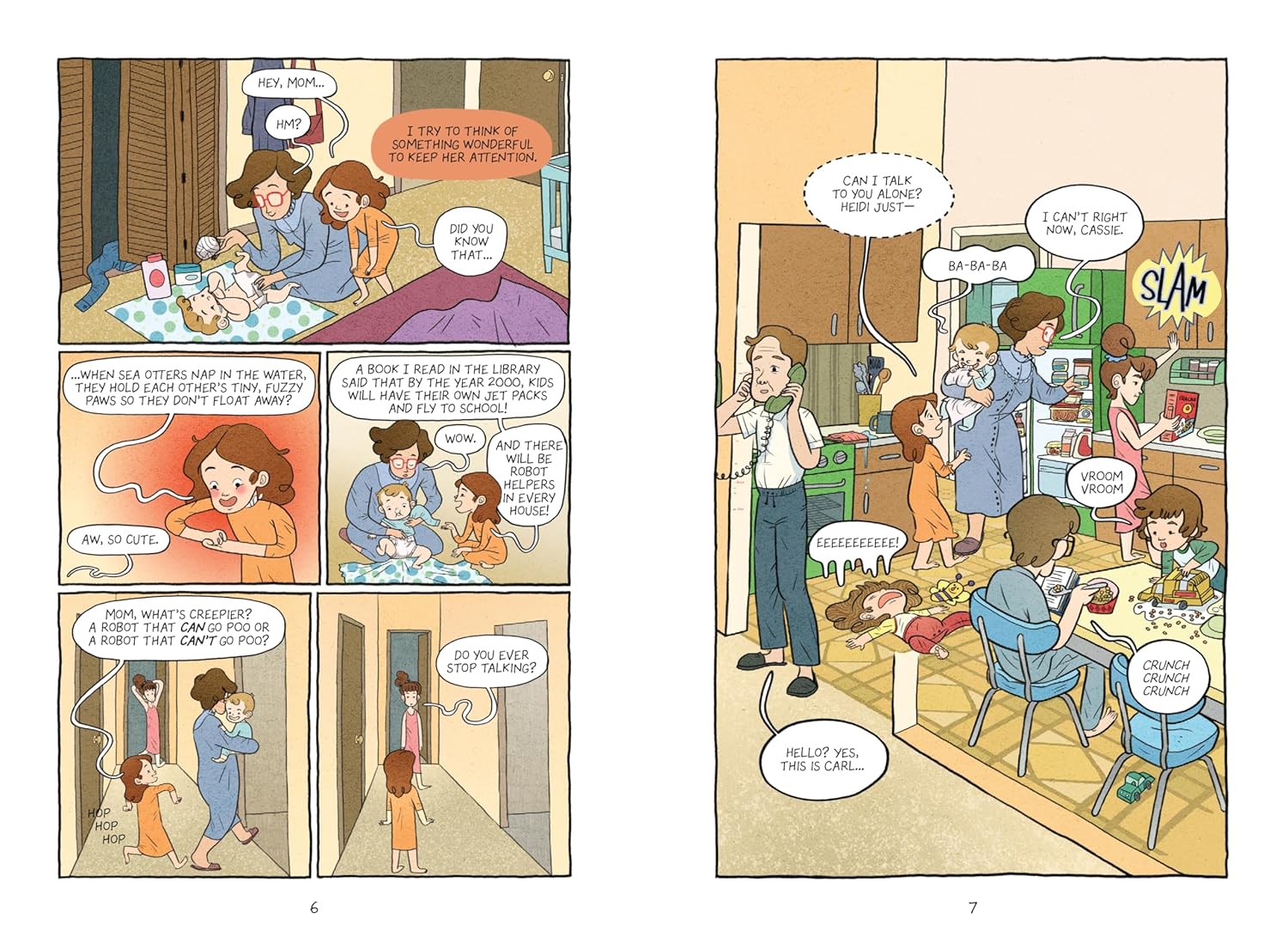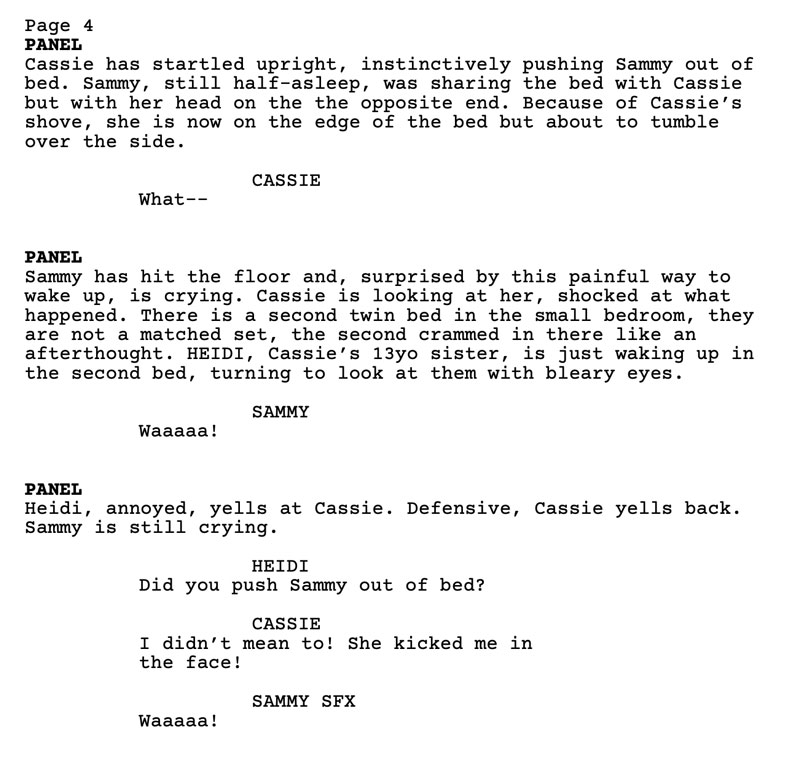Shannon Hale’s fifty-plus books have sold over fifteen million copies in twenty-five languages, but the award-winning author is committed to giving her readers even more. Hale continues to dig into her own memories to explore issues important to her young fans. Her middle grade graphic novel Dream On (Roaring Brook Press, 2025), illustrated by Marcela Cespedes, was just published in August with the second title releasing August 2026. In the story, fourth-grader Cassie struggles being part of a big family without enough resources. She’s also confronting the reality of shifting friendships—until the perfect (or maybe not so perfect?) answer to her problems seems to present itself. Like Hale’s earlier books, Dream On provides readers with insights into their own messy emotions, and features a relatable character who reassures young people that they aren’t alone in the struggles they’re facing.

Here, Hale talks about some of the ways her own childhood has inspired her stories, the fun she finds in writing graphic novels, and why it’s important for her to keep challenging herself.
What do you hope young readers will take away from Dream On? How do you see this story connecting to your other books?
I never like to tell readers what to take from my stories. I feel like my job is to do my best to be honest about a character’s experience, allow the emotions and relationships to feel real, and then step back and leave room for the reader to get what they want to get out of it.
This story came directly from readers asking me for “MORE!” When I wrote Real Friends (illustrated by LeUyen Pham, Roaring Brook Press, 2017), a graphic novel memoir of my elementary school years, there were so many true stories I couldn’t fit into it. I had pages and pages of notes about stuff I did, ways I felt, and things that mattered to young me. So, I decided to create Cassie, a fictional character who is a lot like little me, and by telling her story, give readers of Real Friends the MORE that they asked for.
Spreads from Dream On
I feel like my job is to do my best to be honest about a character’s experience, allow the emotions and relationships to feel real, and then step back and leave room for the reader to get what they want to get out of it.”
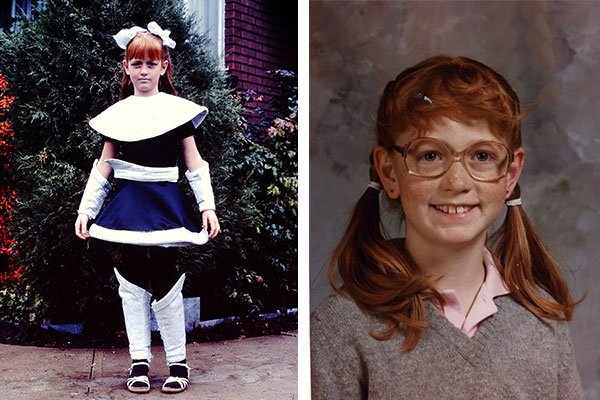
What details about your childhood would you like to share with young readers? How did that time in your life shape you as a writer?
If you read Real Friends, you’ll learn A LOT about my childhood! One thing I know about myself is I am at heart a storyteller. Writing books isn’t the only way to tell stories. Music, visual arts, dance, video game design, podcasting, theater, filmmaking, animation, even sports! There are so many ways to be a storyteller. I started out by making up games of pretend to play with my friends, and as I got older, I realized I could write those stories down to share with others. Getting to share the stories inside me is still so rewarding.
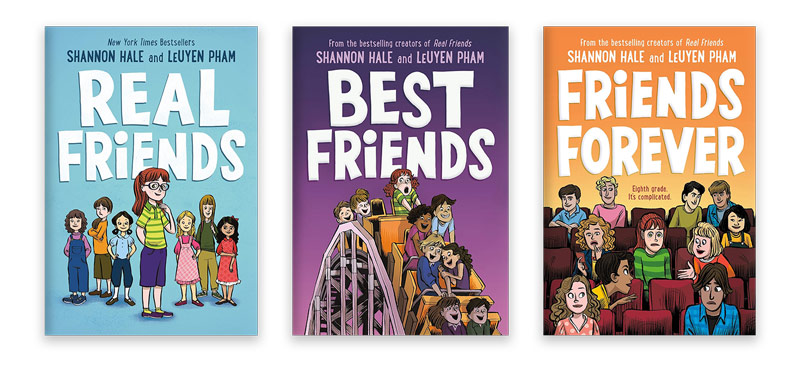
Dream On does a fantastic job of placing readers in the middle of Cassie’s big emotions. She keeps being told she’s too “sensitive,” but my guess is that most readers will completely relate to all her messy feelings as she navigates her confusing relationships with friends, a frenemy, siblings, parents, classmates, and her teacher. Can you talk about the way that you manage to pack so much genuine emotion into a story with so few words?
Thank you! The way I do it is by revising a lot. I never get a story “right” the first time. I may revise it dozens of times, trying both new story ideas as well as new ways of telling the ideas. A plot is what happens, but a story is HOW you tell what happens. Since Cassie’s personality and experiences with big emotions are largely based on me, that was the easy part. I have a strong memory of myself at that age. I’m also a mom to four kids, and as my kids went through those years, I got to see it all happen again, especially the friendship challenges and the big emotions, as well as feeling like you’re the only one who struggles in those ways.
I never get a story ‘right’ the first time. I may revise it dozens of times, trying both new story ideas as well as new ways of telling the ideas.”
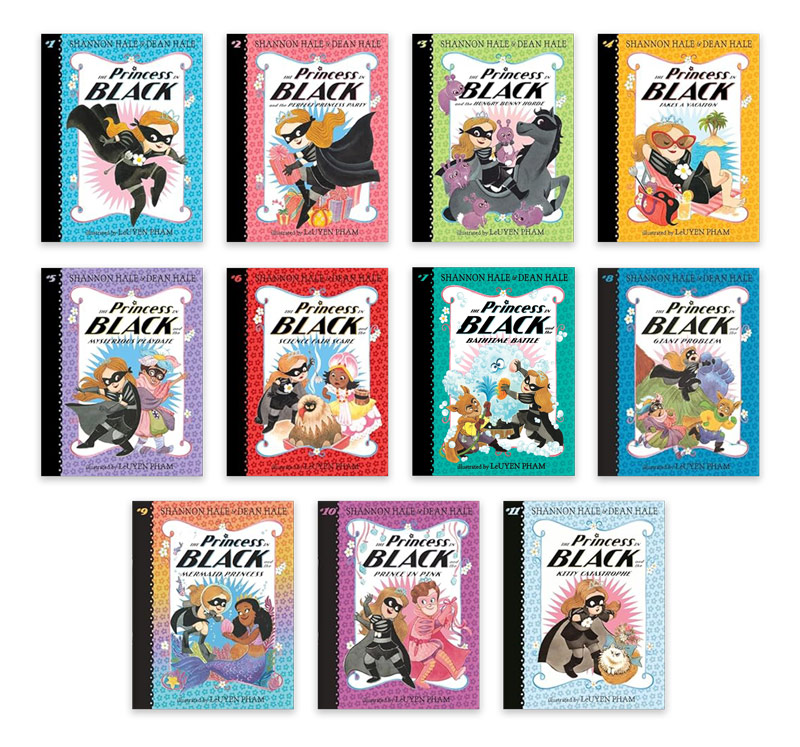
How would you advise student writers on the best ways to make their characters feel real and relatable?
For some young writers, writing from their own experiences is a great way to start. They know how they feel, after all, so they can describe it best. Also fan fiction is a fantastic way to play with writing. After reading a book you love, you can continue the story, writing new stories about those characters. Do you want to write an alternative ending of the book? Insert yourself as a character into the narrative? Create a sequel that doesn’t yet exist? That can be a fun game.
How would you contrast writing your graphic novels to writing your other novels? What’s your favorite part of writing a story that will be presented in graphic format?
I love graphic novels! I’ve been writing them for over twenty years. So far I have nine published graphic novels with just as many more in the works. Writing a graphic novel script is a lot like writing a screenplay. I write the dialog and narration, and then I describe what’s happening in each panel, so the artist knows what to draw. With graphic novels, the majority of the words I write the reader never sees; they’re for the artist’s information only. Collaborative storytelling can be a blast; sharing the artistic output with someone else. Getting the artist’s thumbnails, inks, and final pages is so exciting. I love to see what they create.
With a novel, every word I write is on the page, and it’s all just me. It’s a very different sort of storytelling. Novel writing allows me to sink so deeply into myself, I forget where I am and what’s going on around me. It’s very meditative. I love writing both and wouldn’t want to only choose one way to create. I get bored easily! Variety is fantastic!
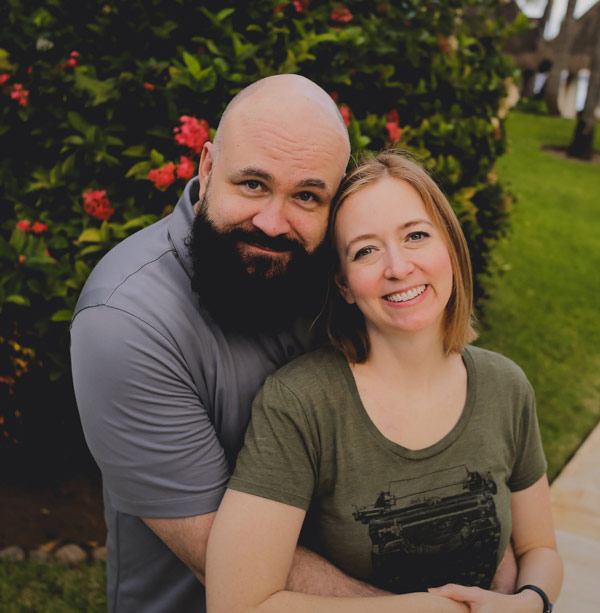
You’ve co-written some of your stories, and you’ve also collaborated with the illustrators for your graphic stories. Could you talk about the rewards and challenges of the collaborative process?
I really enjoy doing both. Collaboration means getting to brainstorm ideas with someone else, which can be so fun, kind of like playing games of “pretend.” It also means letting go of control, allowing two people’s ideas to influence the final art. And I also enjoy working alone. I can work faster alone, and I can go really deeply into a story which I enjoy.
What recommendations would you offer to students who have been assigned a project that requires teamwork?
One fun game we play with our kids is called Picture/Word. Fold a piece of paper in half twice, creating a four-page booklet. One person writes the words of a four-page story, leaving space for pictures. They pass it to a friend, who illustrates it any way they want. It may not be what the writer imagined or intended, but that’s part of the fun! You can also draw images first and then pass it to someone else to write the words after.
Manuscript page from Dream On
What’s your best advice for young people who have a dream that they want to pursue?
I have been rejected so many times. I continue to get rejections to this day. Rejections are a normal part of any career or creative pursuit. It doesn’t mean you’re bad. It just means that this isn’t the right time or the right situation. Keep going. Keep challenging yourself. Keep doing what’s fun to you, even if it’s not easy. Writing isn’t easy for me. But my life would be much more boring and far less fun and interesting if I only did easy stuff.
Rejections are a normal part of any career or creative pursuit. It doesn’t mean you’re bad. It just means that this isn’t the right time or the right situation. Keep going. Keep challenging yourself.”
What’s your favorite part of creating books for young readers?
I love when I’m writing, and I find just the right word or sentence. And I love meeting readers who have grown up with my stories. I love kids and hearing about how they see the world. Getting to be part of any young person’s personal journey is simply incredible.
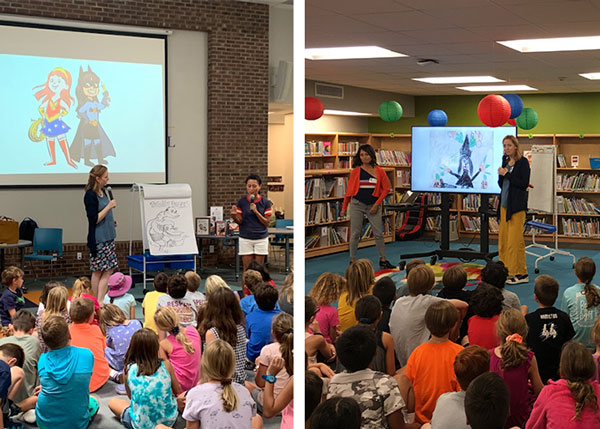
Do you have a favorite example of the way one of your books has been used in a classroom setting?
I love the creative ways people engage with books. They may do readers theater, create a mini-play of parts of the story, make artworks inspired by it, write sequels or alternate endings, create quiz shows about it or games. And really, when any reader connects with one of my books and feels less alone in the world, that’s simply the best.
When any reader connects with one of my books and feels less alone in the world, that’s simply the best.”
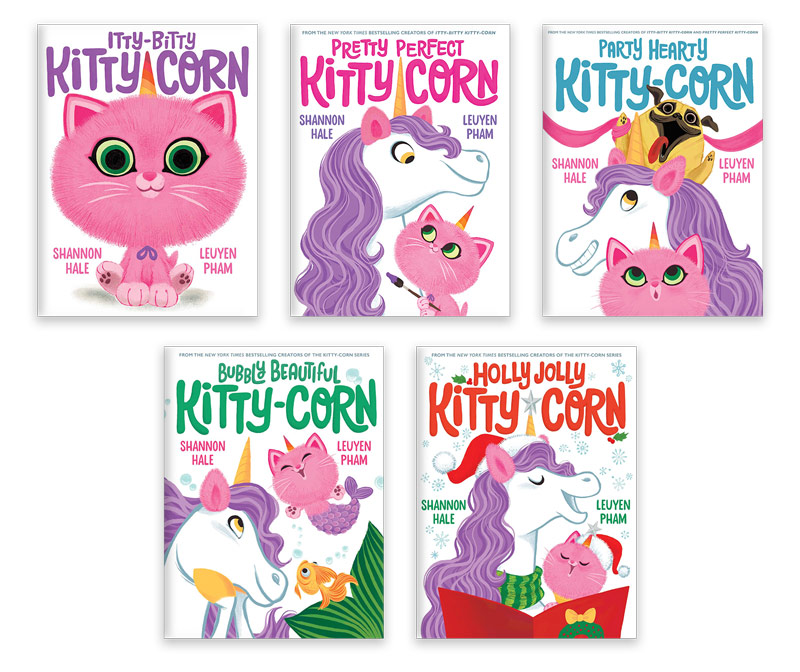
Can you share any details about your forthcoming books?
Coming September 23, Holly Jolly Kitty-Corn (illustrated by LeUyen Pham, Abrams, 2025) is our newest kitty-corn picture book and my very first Christmas book.
In the spring comes the graphic novel adaptation of my Newbery Honor book, Princess Academy: The Graphic Novel (illustrated by Victoria Ying, Bloomsbury, 2026).
The twelfth Princess in Black book will come out next year just in time for Halloween.
And Cassie’s adventures will continue. We have three sequels to Dream On in the works!
What are the best ways for educators and librarians to connect with you or to follow you on social media?
My website is www.shannonhale.com.
I’m on Instagram: https://www.instagram.com/squeetus/

